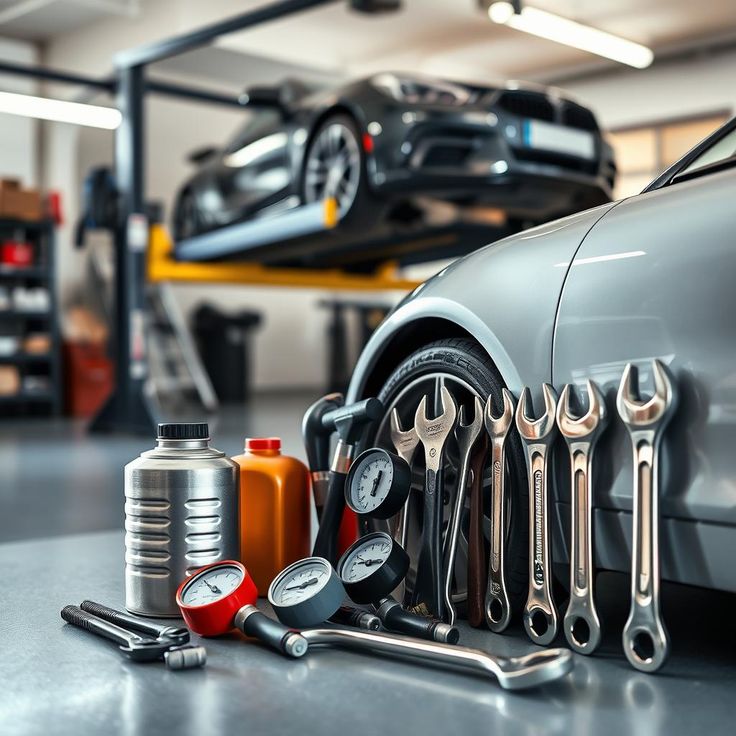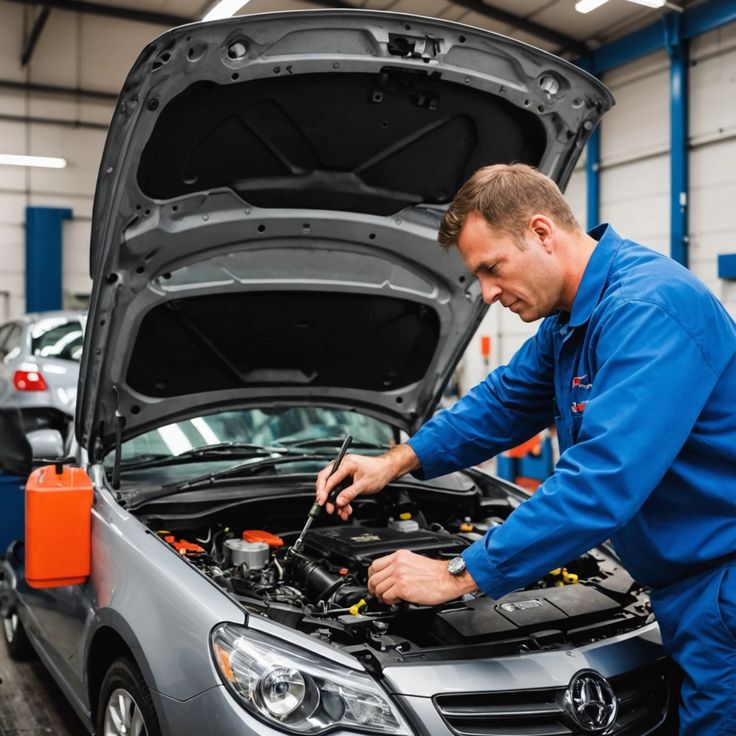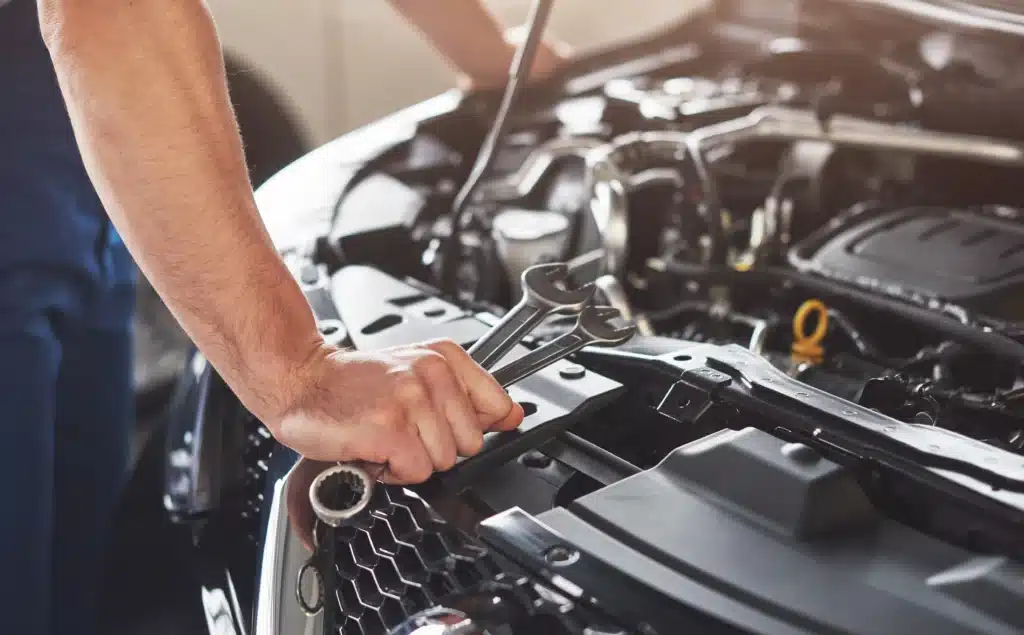
The automotive industry is experiencing a transformative shift, where vehicles have evolved from purely mechanical machines into advanced systems powered by digital intelligence. This technological integration has reshaped car maintenance, moving beyond the reliance on a mechanic’s ear, eye, and experience toward tools that deliver speed, accuracy, and precision.
Smart diagnostics now stand at the center of this evolution, bridging mechanical engineering with digital innovation. By leveraging sensors, onboard computers, and sophisticated software, these systems detect issues that once required hours of manual inspection.
The result is faster identification of problems, improved reliability, and a new standard of service that has redefined modern car maintenance and elevated customer expectations.

Professionals at the Center of the Smart Diagnostic Revolution
While machines and software dominate the spotlight in discussions about modern diagnostics, professionals remain the backbone of effective car maintenance. No matter how advanced the technology becomes, trained experts are essential for interpreting data, applying solutions, and ensuring vehicles operate safely. The shift toward smart tools has enhanced their capabilities rather than diminished their relevance.
Today, professionals use diagnostic scanners, specialized software, and cloud-based platforms that provide real-time insights into vehicle performance. These tools enable them to detect issues with precision, from electrical faults to fuel efficiency irregularities.
However, the expertise of the human technician ensures that data is applied correctly and repairs are carried out with practical efficiency. For example, when a car’s electronic control unit reports a sensor malfunction, a technician must determine whether the problem lies with the sensor itself, the wiring, or the software interpreting the signal.
This synergy between human expertise and technology has also expanded the range of services available. Workshops offering automotive electronics repair services now stand out as vital players, because much of a modern car’s functionality relies on complex electronic systems.

The Evolution of Diagnostic Tools
The journey of diagnostics in the automotive sector has been remarkable. In the past, mechanics relied heavily on physical inspections, manual tools, and personal experience to identify issues. Listening to unusual engine noises, checking fluid levels, and conducting visual assessments formed the cornerstone of car maintenance. While effective for simpler vehicles, these methods were limited in scope, often leading to trial-and-error repairs.
The introduction of onboard diagnostic systems, particularly the OBD-II standard, revolutionized maintenance practices. By providing a universal interface to access vehicle data, OBD-II allowed mechanics to quickly identify fault codes. These codes served as a roadmap, pointing professionals to specific areas of concern. As cars grew more complex, this system became the foundation for the smart diagnostics we see today.


Predictive Maintenance and Its Advantages
One of the most significant benefits of smart diagnostics is its ability to support predictive maintenance. Instead of waiting for a problem to manifest—often leading to costly repairs and safety risks—predictive systems anticipate issues before they escalate. Sensors embedded throughout the vehicle continuously monitor performance indicators such as engine temperature, oil viscosity, brake wear, and battery charge cycles.
When patterns suggest potential trouble, the system alerts the driver or technician, allowing for timely intervention. For instance, a predictive diagnostic system might identify gradual fuel injector degradation long before it affects driving performance. Addressing the issue early not only prevents breakdowns but also extends the life of vehicle components.
Enhancing Vehicle Safety
Safety has always been a critical aspect of car maintenance, and smart diagnostics has elevated it to new heights. Modern vehicles are equipped with numerous safety systems, including anti-lock braking, traction control, lane departure warnings, and collision avoidance mechanisms. The proper functioning of these systems is vital, as even minor malfunctions can compromise driver and passenger safety.
Smart diagnostics ensures that safety features remain reliable by continuously monitoring their performance. When irregularities are detected—such as reduced responsiveness in braking systems or inconsistencies in sensor data—the system can trigger immediate alerts. Technicians can then address the issue before it poses a serious risk on the road.

Environmental Benefits of Smarter Maintenance
Beyond performance and safety, smart diagnostics contribute to environmental sustainability. Poorly maintained vehicles often emit higher levels of pollutants, consume more fuel, and degrade faster, leading to increased waste. By enabling precise monitoring and timely intervention, smart systems ensure vehicles operate at optimal efficiency.
For example, detecting inefficient combustion patterns can prompt adjustments that reduce emissions and improve fuel economy. Similarly, monitoring exhaust systems allows for early identification of catalytic converter failures, preventing harmful pollutants from entering the atmosphere.

The Role of Artificial Intelligence in Diagnostics
Artificial intelligence (AI) has added another layer of sophistication to smart diagnostics. By analyzing vast datasets from countless vehicles, AI-driven systems can identify trends and anomalies with remarkable accuracy. This capability not only accelerates problem detection but also enhances predictive maintenance models.
For instance, AI algorithms can compare a vehicle’s current performance data with millions of other data points to pinpoint irregularities that might escape human observation. This allows for earlier and more accurate identification of potential issues.
Challenges and Considerations
Despite its many advantages, the rise of smart diagnostics is not without challenges. One concern is the increasing reliance on proprietary diagnostic software and tools, which can limit accessibility for independent repair shops. This creates a divide between authorized service centers and smaller workshops, raising concerns about affordability and consumer choice.
Another issue lies in the complexity of modern vehicles. While diagnostic tools provide vast amounts of data, interpreting it correctly requires specialized training. Without skilled professionals, there is a risk of misdiagnosis or incomplete repairs. Furthermore, as vehicles become more connected, cybersecurity emerges as a pressing concern.

A Future Defined by Intelligent Maintenance
The trajectory of car maintenance is clear: technology will continue to redefine how vehicles are serviced and cared for. Smart diagnostics represents more than just a convenience—it is a fundamental shift that aligns automotive maintenance with the digital age.
As this transformation unfolds, the collaboration between technology and human skill will remain central. Smart diagnostics provides the data and insights, but it is the professional who ensures that these insights translate into effective action.
- 0shares
- Facebook0
- Pinterest0
- Twitter0


